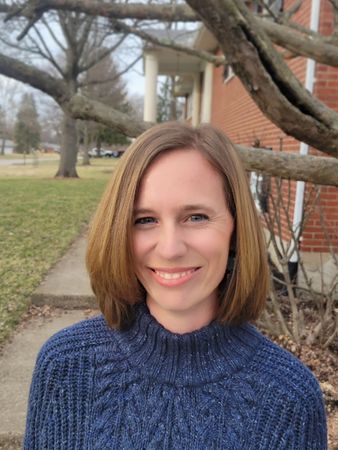Blogs

Truth and Fairy Tales
By Lindsey Roth
“Was black death real?” my 9-year-old daughter asks one day after school.
I tell her yes. It was in her book of fairy tales, she explains. What nightmarish fairy tales did she stumble upon? I make a mental note to better monitor her Kindle downloads.
Later, we choose a bedtime book - without fairy tales - to read with her little brother. She interrupts with her ruminations. “It’s scary to think about black death.”
Her brother quickly becomes frightened too. I reassure them that this happened centuries ago, before modern medicine. I know a little about bubonic plague from college, and so I tell them a bacteria called Yersinia pestis is the cause. We can now stop it with antibiotics. “Wait…You can still get it?” my daughter wails.
Crap. I am just making things worse. “Well, yes, but scarcely anyone does. It’s spread through rat fleas. They live on rodents, not people.”
My son is eyeing our dog with suspicion. I tell him dogs don’t carry rat fleas, and our dog hasn’t got fleas anyway. It does not matter; he is now convinced the dog is a reservoir of black death.
A while later, my daughter tiptoes into the darkened room where I sit with my almost sleeping son. “Kids died in their sleep,” she whispers.
I ask my husband if he will keep her company. “She thinks she is going to succumb to bubonic plague tonight,” I say.
He accepts this as a normal explanation and heads to her room. Through the wall, I hear him tell her, “There are much bigger things to worry about.”
“Like what?” she cries.
I don’t have my phone, so I send him a telepathic message not to give a direct answer. He gets it, thank God. We are in the midst of a pandemic, but her young mind has so far failed to make the connection. In a culture that feeds us bad news before our morning coffee, we find ourselves teetering on a balance beam between providing reassurances and answering our kids’ questions truthfully. Then we are ambushed by worries like medieval pestilence, of all things. I’d sometimes like to secure my children inside a fat roll of bubble wrap to keep the world from clobbering them, but I remind myself that love’s swathe is more enduring.
“We’ll be right here,” we tell them. It shouldn’t be enough, but it is. We all sleep soundly and wake plague-free. After breakfast, the kids head out again to learn about the world. They will find more of its suffering, but we will always share its love with them upon return. It is both the least and the most we can do.
— Lindsey Roth
Lindsey Roth was pretty sure that she was headed for a career as an author after writing a book about flying in first grade. Through her childhood years, she also thought about going into politics and then considered the more pragmatic profession of engineering. What actually happened was that she majored in biology at Saint Mary’s College in Indiana and then went to vet school at Purdue. After graduation, she moved to Dayton with her husband and started practicing veterinary medicine. They have two wonderful children, ages 9 and 7. She volunteers for the nature education program at their school. Lindsey married an engineer instead of becoming one, and her dream of becoming president faded in middle school; but she never abandoned that first-grade dream. Kids and work keep her busy these days, but for writing, there is always a moment or two to spare.
